STRANGE SCIENCE NEWS
I love strange science and strange science facts, especially when they make it into recent headlines of strange science news!
So this post is a smorgasbord of three strange science discoveries that I think you’ll find intriguing!
NOT STRANGE SCIENCE NEWS BUT NEWS
IRON TEETH
WHAT ABOUT MY TEETH?
YOU'RE GENTLE, LOUIE.
Scientists have recently discovered that the serrated edges of Komodo dragons’ teeth are tipped with iron.
IRON TEETH! Because I find it strange that this fact has only recently been discovered, it’s first on my list of strange science news.
The study, published in Nature, July 2024, demonstrates a striking and previously overlooked predatory adaptation in the Komodo dragon, V. komodoensis: iron-enriched, protective layers along their tooth serrations and tips.
Since iron oxidizes and forms rust when it comes into contact with water and oxygen, fossil records don’t give archeologists any indication whether or not any prehistoric predators had iron-coated teeth.
Iron oxidizing is a chemical reaction!
(To perform that experiment with your kids using things around the house, pick up a copy of my book!)
Anyway, maybe the iron teeth of Komodo dragons has been overlooked in the past because no one wanted to get close to these ferocious reptiles.
If I were going to venture onto one of these Indonesian islands, I’d want to invest in a good pair of running shoes, so I could run away quickly!
No casualties allowed. Everyone gets shoes!
Investigating Komodo dragons and their teeth has made us far more tolerant of Teddy’s puppy antics.
Moving on to the next strange science fact. It’s also metal related. I don’t want to knock iron, but, in my opinion, this next metal is better.
I suspect many people would agree.
GOLD!

Technically, the element gold (Au) was formed in the core of a dying star billions of years ago, only coming to earth when all the dust & debris from that dead star formed our solar system. Strange science because it’s difficult to wrap one’s head around.
My heading ‘how gold is formed’ is a bit of a misnomer.
This new discovery is technically more about how gold aggregates into beautiful nuggets than how gold is formed.
But I find it odd because this science news made headlines in September, 2024!

Of all the minerals mined from the Earth, none is more useful than gold.
This seems a little bit like the question, ‘why is the sky blue?’ Scientists know the answer to that–and the highlighted text will provide you with the answer– but scientists didn’t really quite grasp the why behind gold mineralization.
For decades, researchers have known that quartz and gold were linked—nearly 75% of gold circulating today came from nuggets originally embedded in quartz deposits near faults.
DIFFERENCE BETWEEN FAULTS AND TECTONIC PLATES
Faults are cracks or fractures in Earth’s crust that form along plate boundaries or within individual plates.
Tectonic plates, on the other hand, are giant, rigid slabs of rock that form Earth’s outermost layer. They move slowly over millions of years, shaping continents and oceans.
Faults are where earthquakes occur.
‘Earthquakes are the result of sudden movement along faults within the Earth.’
Now that we’ve got the not-so-strange science facts about gold, quartz, tectonic plates, fault lines & earthquakes covered, and the weird science of piezoelectricity down, we can get to the strange science news.
HOW GOLD IS FORMED (aggregates)
Essentially, quartz acts like a battery, slowly accumulating more gold with each seismic event.
This new understanding of gold nugget formation not only sheds light on a longstanding geological mystery but also highlights the interrelationship between Earth’s physical and chemical processes.
So this study qualifies as strange science news!
For more on chemical reactions, purchase my book! (Sorry, I couldn’t resist. but it’s a great STEM book w/ lots of hands-on, fun science for kids)
Those are amazon affiliate links. Meaning I’ll earn 15 cents!
THE WEIRDEST STRANGE SCIENCE NEWS!
I saved the strangest science news for last. On to the third strange science discovery that qualifies as strange science news!
This involves a yellow substance, like gold, except edible.
Yes, cake is edible! (I removed the candle before Louie tucked into his birthday treat)
Pringles are sort of yellow & a snack food so it’s good guess, because close to what I’m getting at! We’re talking about Cheetos!
And the strange science news is that scientists used Cheetos to turn skin transparent.
HOW TO TURN SKIN TRANSPARENT
YES! A dye in Cheetos creates skin transparency. It isn’t the red dye in Cheetos! It’s the yellow dye.
Before you go and rub Cheetos all over your stomach, you need an aqueous solution of the yellow dye tartrazine.
Alright, Cheetos are more orange than yellow but the dye tartrazine is considered yellow.
What a mouthful
INDEX OF REFRACTION aka REFRACTIVE INDEX
Light and its properties are amazing!
STRANGE SCIENCE NEWS
Now that we understand the index of refraction, and how the yellow dye in Cheetos changes the index of refraction of light, why do we care?
Why did this Cheetos thing make news?
This strange science fact offers a potentially new means of visualizing the structure & activity of deep tissues & organs in vivo (meaning in a live organism) in a safe, temporary, and noninvasive manner.
Which is why it made my list of strange science news.
I hope researchers can find a way to use tartrazine clinically in humans!
Hm.
The person wearing that gold bracelet in the pic must have skimmed this strange science news post!
Rubbing Cheetos on the belly of a Komodo dragon is not the way to make its skin transparent, but you all know that!
Doing that is not what I would consider helpful for anyone’s longevity, either. (for actual science facts about improving your health & increasing your longevity, click on the word longevity)♥
So which of these three strange science news stories did you find the most intriguing?
Or the weirdest?



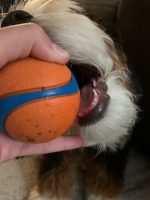
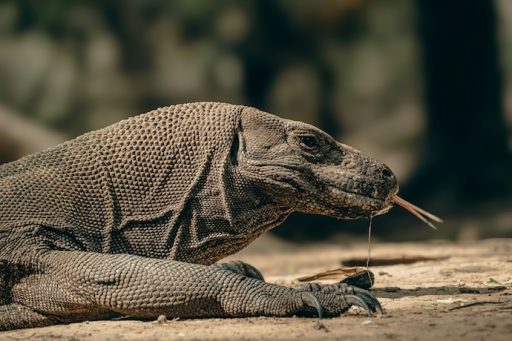








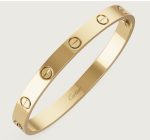
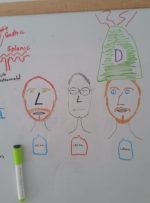
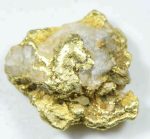
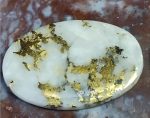
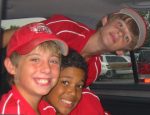
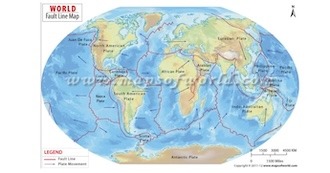
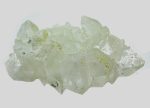
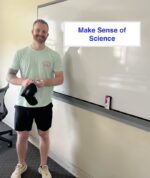
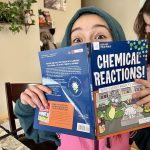


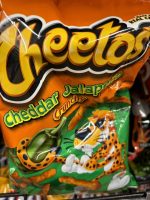
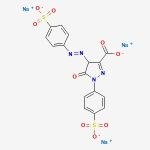





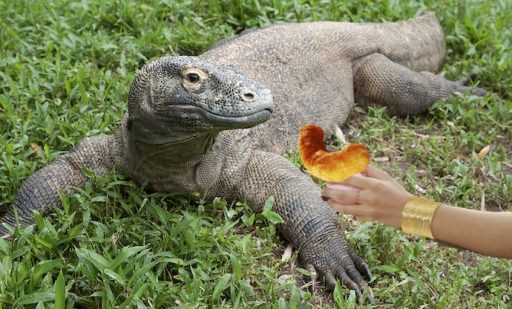


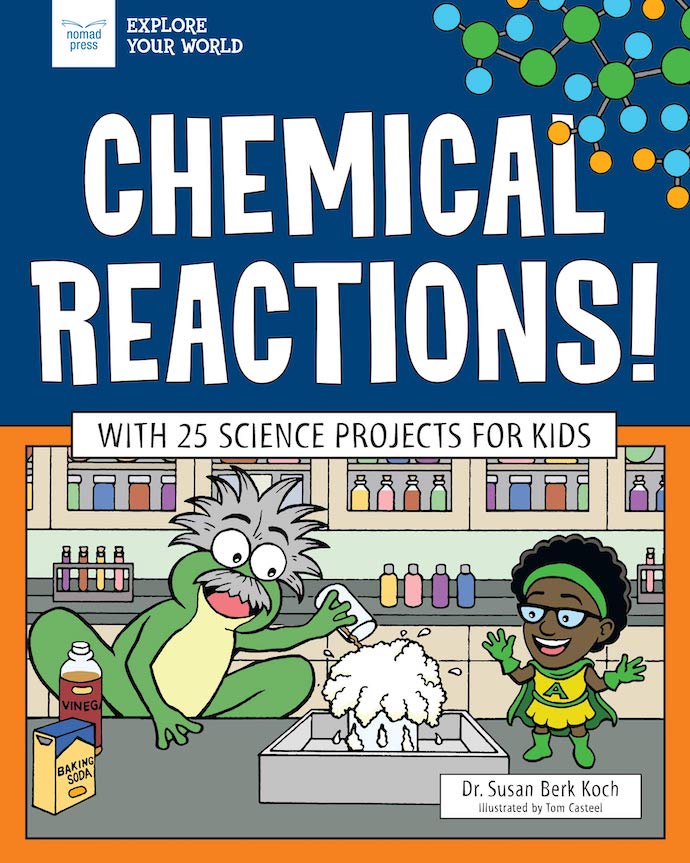

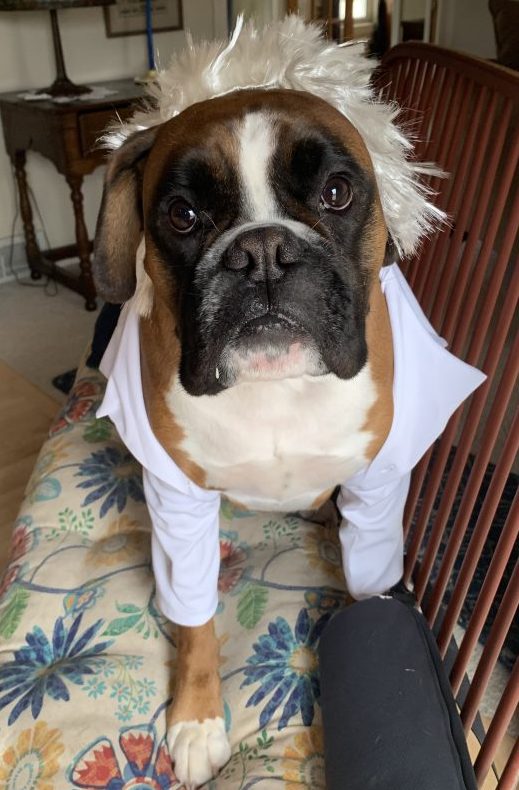
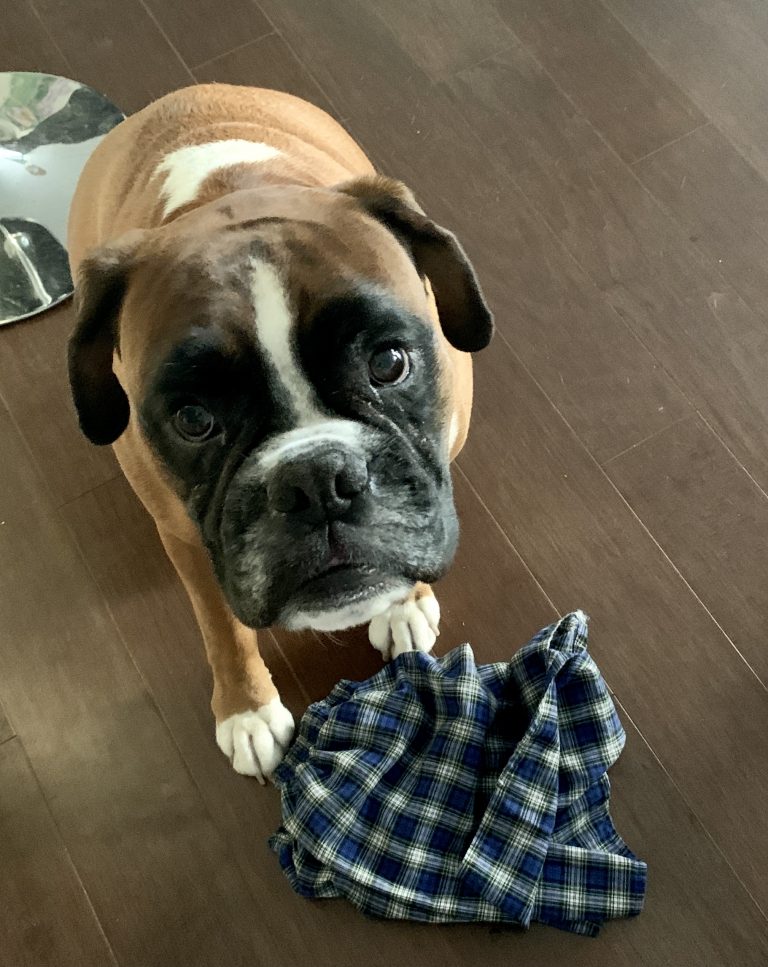
My comment box is working again! Thanks for stopping by!
We’re back in business, thanks to my web guy!
Great post! I like the story about gold best. (Your comment box is working again and just in time for me to comment.)
I’m happy that you stopped by! Thanks so much.
The Cheetos news is hysterical. Did you give Louie a Cheeto? Thanks for sharing the science news with us.
I’m sorry to say that Louie did not eat a Cheeto! They aren’t good for his non-iron teeth. ha! Thanks so much.
Fascinating facts, I love reading this sort of thing. I’ve always been interested in Komodo dragons but didn’t know they had iron teeth!
I’m happy that you found it fascinating because I do too! Thanks for stopping by!
On the way to the store to buy Cheetos! Haha! Iron teeth fun facts were the most intriguing to me.
Baked or crunchy? JK! Glad you enjoyed the article! Thanks so much.
This is interesting, always love to read the news about science. Learned new things from your post. Thank you for sharing.
I’m happy you picked up a few facts! Thanks for taking the time to comment!
If I remember rightly, beavers also have iron teeth, which would make sense given what they chew through. So bad ass
It is bad ass! Beavers have iron incorporated into their teeth like rats and shrews, which also makes their teeth orange. (similar to the way humans have calcium incorporated in our teeth) But they don’t have a coating over their teeth the way Komodo dragons do. Splitting hairs? Maybe.It’s all cool. Thanks for pointing this out!
Teddy is gorgeous!! I love Boxer dogs. Really enjoyed reading this blog post and was so surprised to see Cheetos have the possibility to turn your skin transparent! Fascinating!
Teddy IS gorgeous! (Although I’m not sure if Louie agrees!) The Cheetos story intrigued me too. Which is why I shared it, of course. Thanks so much Olivia! I appreciate you stopping by.
Wow these are great facts! Thanks for sharing.
I’m happy you think so! Thanks for stopping by!
All facts you shared are interesting. They something I did not learn back in school. Thank you for sharing.
I’m gratified that you found the facts interesting! Thanks so much!
Good cool! It’s interesting to find out that Komodo doesn’t have iron teeth.
I’m so happy your found my post cool! I appreciate you stopping by!